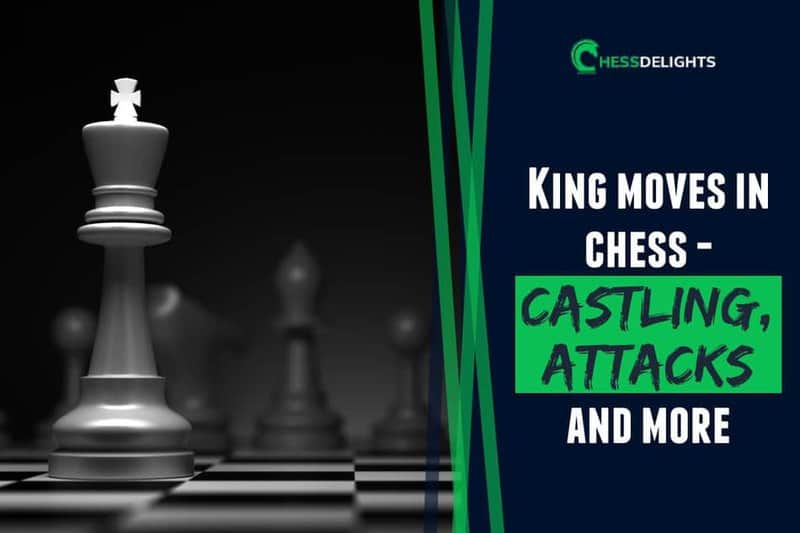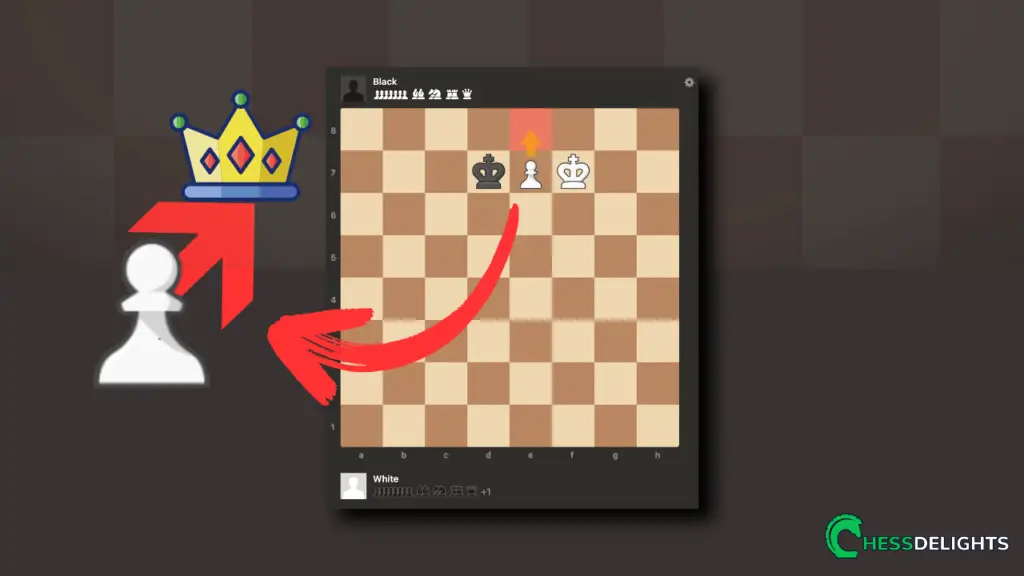In chess, it's important to protect your King at all times and be careful where you move your king. In fact, if the king gets into checkmate – which means there are no legal moves available for him on that side of the board – then the player loses!
The king is also a powerful offensive and defensive piece in the endgame. In an endgame, when there are only pawns left on the board, it is important to know how to use your king to attack or defend against your opponent's pawns. In this article we are going to learn about king's move, castling, attacks and more…
Table of Contents
How can the king move in chess?
So, how does king move in chess? The king can move one square at a time in any direction (see image below). The king can move into spaces where it is not occupied by its own pieces, and where it is not under check. The king can move to occupied spaces by opponent's pieces and move into that square to capture it as long as that piece is not protected.
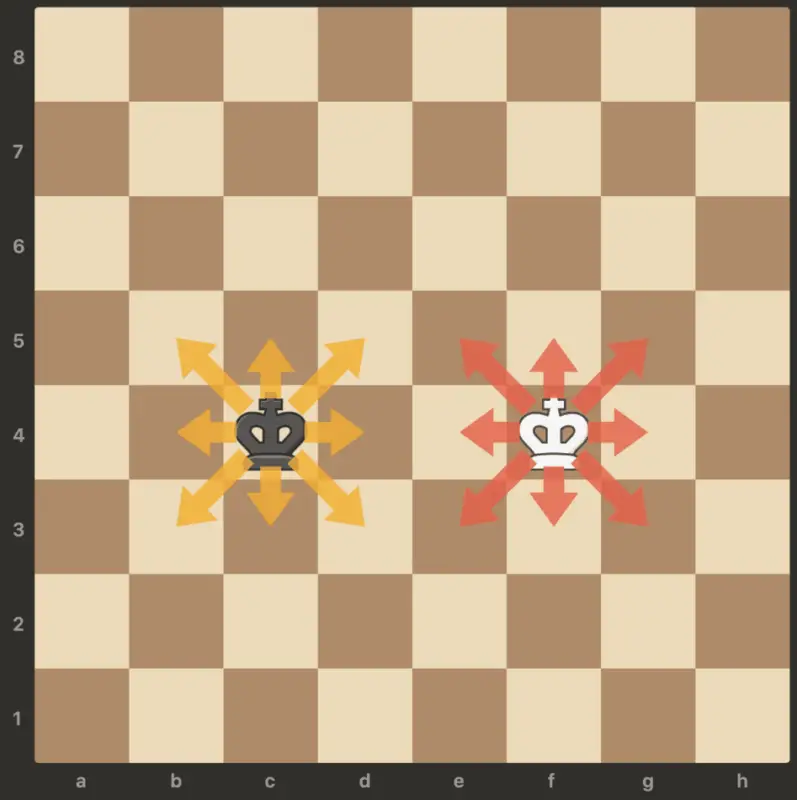
That is how the king move in chess. It can move just one space at a time (forward, backward, or sideways). The king's move is limited and for this reason, it's important to keep your king protected from enemy attacks!
Recommended Reading: If you want to know how to learn chess from books, read this article.
Castling rules in chess for King
The king can do a castling move that can act as a protection from enemy attacks. What is castling in chess? Castling is a move in the game of chess. It's when you move your king two spaces to reach an adjacent rook, and then that rook moves one space over. This means you're moving both pieces at the same time!
There are rules you need to follow when castling;
- The most important rule is that there should be empty spaces between your king and the rook it is going to castle with.
- The second rule that you need to strictly follow is that neither piece (king and rook) has been moved yet in this game.
- The third castling rules in chess is that the king isn't in check.
Can the king attack in chess?
Yes, the king can attack in chess. A king will only be able to attack an opponent's piece if it is next to it (see image below). This rule applies in all directions so if your king is not adjacent to an enemy pawn then it cannot capture or take another opponent's piece.
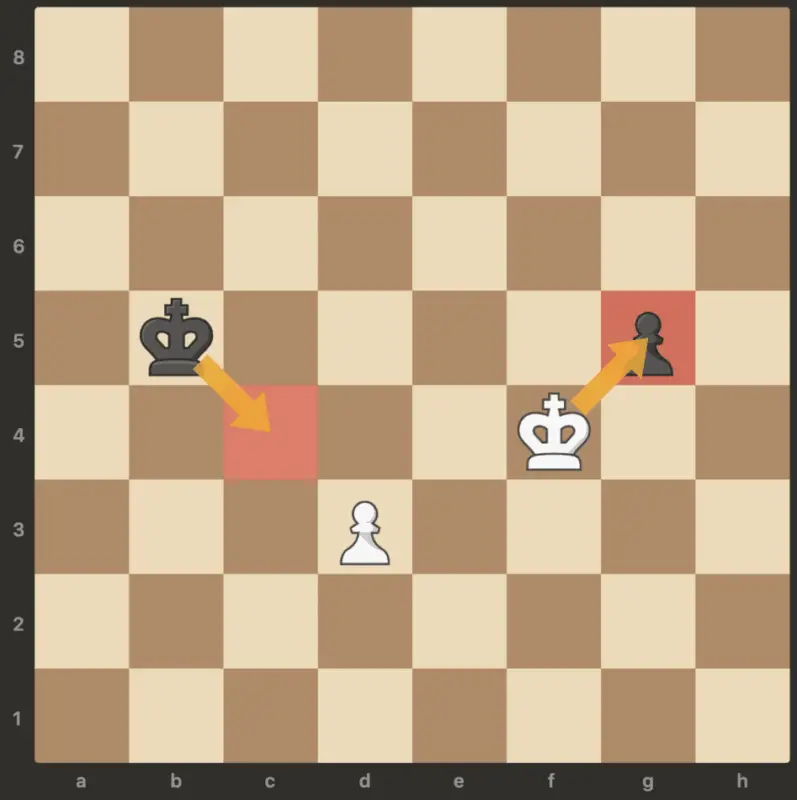
You need to protect your king at all times. It is not a good idea to attack your opponent with the king. Learn strategies where you can attack your opponent and gain advantages to win the game.
Can the king move diagonally in chess?
So, can the king move diagonally? Yes, the king can move diagonally, it can move backwards diagonally, capture diagonally but it cannot capture pieces that are two spaces away using a single diagonal move! As long as there are no pieces blocking its way, it's free to go wherever it wants.
The king moves diagonally for reasons like escaping a threat of a checkmate. If the king can only move in four directions instead of all directions including the diagonal move, then it makes the king appear less weak when it comes to avoiding possible checkmates.
Why is the king made weak in chess?
The king was made weak in chess because chess is a game of strategy. The king is considered weak because it can only move one space at a time and cannot jump over any other piece like the knight, but if it's checkmated then the game is lost.
One of the most common theory why the king is made weak is that it was to balance out the game because if all the pieces were equally strong then there would not have been any strategy or tactics involved.
The game often starts with a weak king, but eventually, as you reach the endgame, you need to be more strategic in your game and ultimately make your king stronger.
What does kingside means in chess?
Kingside refers to the side of a chess board where the king is located, it is where the king can perform a short castling. If you notice, the king and queen sit next to each other from the initial starting point of the game, and the king sits next to other minor pieces on the kingside, while the other minor pieces sit in the queenside.
The best way to understand the meaning of the kingside is by looking at the image below.
Where can the king move in chess?
Where can a king move in chess from the following sets of examples below;
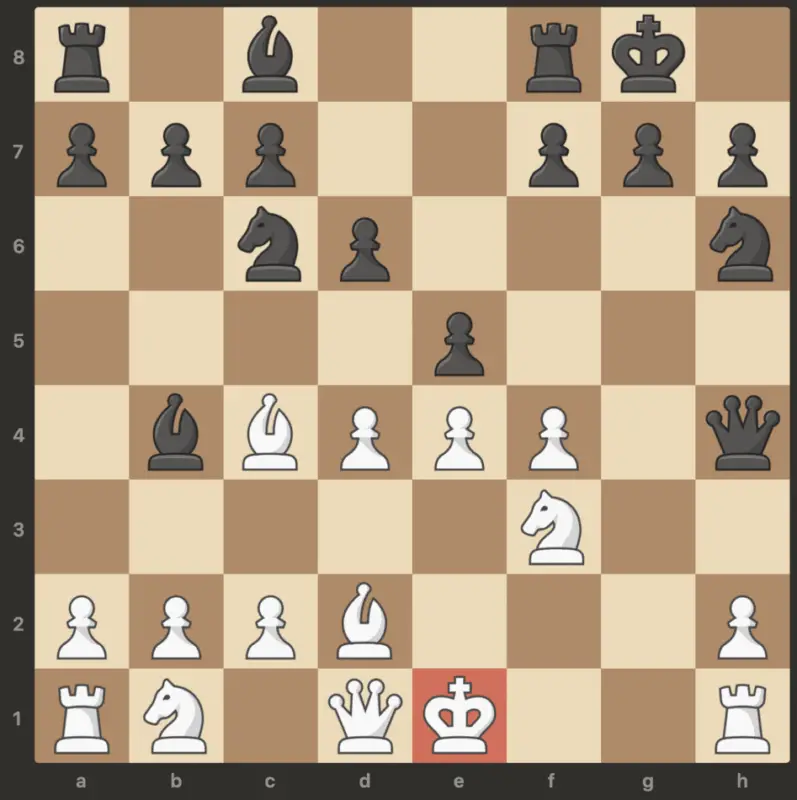
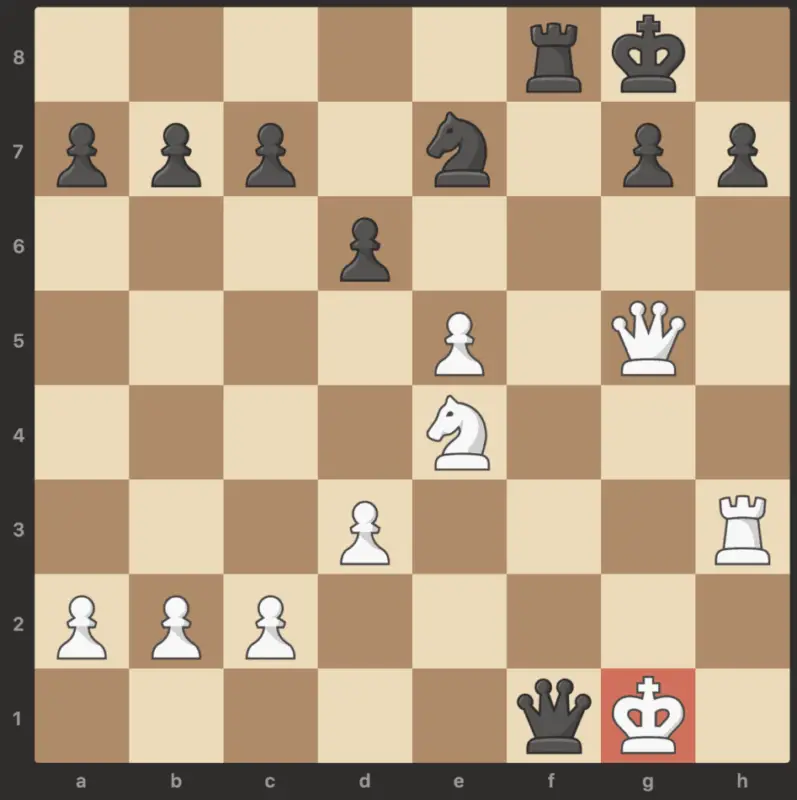
Wrapping Up
The king is the most important chess piece on the board but can only move one space at a time. It has few special moves that you need to know, like the castling move and also rules that you need to consider when performing these special moves.
If you are ready to play chess and using what you've learned in this article – you can go play here and don't forget these important king moves in chess.
Recommended reading: If you want to learn more about books that teaches positional plays, read this article.

